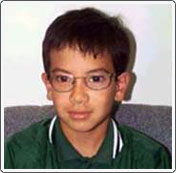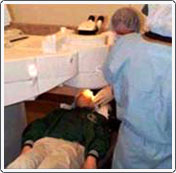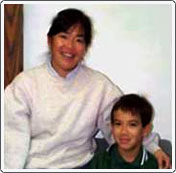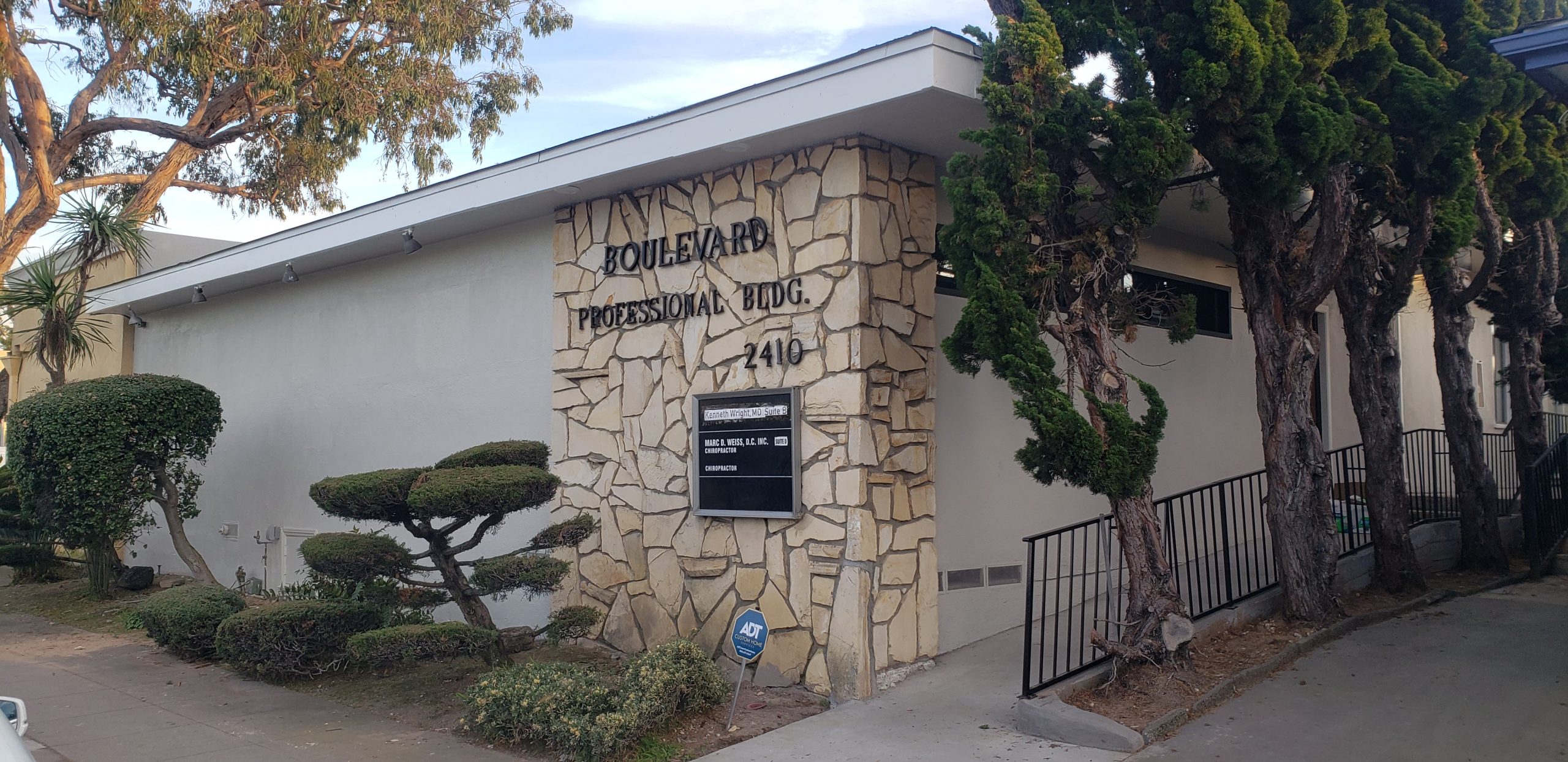The successful treatment of anisometropic amblyopia relies on providing a constantly clear image to the amblyopic eye. Treatment of anisometropia in older children and adolescents is also important in order to maintain binocular fusion and stereo acuity. Traditionally, anisometropia has been treated with spectacles or contact lenses. Compliance with optical correction is crucial to successful treatment; however, clinical experience reveals that children intermittently wear their spectacles or contact lens, and many discontinue optical correction entirely. These children end up with monocular vision and rely solely on their “good” eye for seeing.



Laser surgery for amblyopia (lazy eye). Patient was hypermetropic in one eye only. We performed photorefractive keratectomy (PRK) in the left eye and patient is doing well with improved vision and stereo acuity.
Common causes of noncompliance with therapy include reluctance to wear unsightly spectacles that have one, thick magnifying lens and a lack of motivation to use contact lenses or spectacles because the “good” eye has adequate vision. Children with uncorrected anisometropic amblyopia use their good eye and suppress the amblyopic eye leading to worsening of the amblyopia, loss of binocular visual function, and the possible development of strabismus. Treating anisometropia with spectacles will induce a difference in image size between the two eyes (i.e. aniseikonia), and aniseikonia can further disrupt binocular fusion. Contact lenses can reduce the degree of aniseikonia; however, contact lenses are often difficult to manage in children. Also, children wearing contacts are at risk for developing a serious corneal infection that could result in a permanent loss of vision. A major improvement to the treatment of anisometropic amblyopia would be to permanently correct the anisometropia with laser refractive surgery – Photorefractive Keratectomy (PRK).
Two of Dr. Wright’s patients, aged 11 years and 9 years respectively, with hypermetropic anisometropic amblyopia underwent PRK. Dr. Wright performed PRK only on the amblyopic eye in these two children after consent was obtained. Both patients did remarkably well, and they had essentially no post-operative discomfort. Follow-up at 6 months and 1 year showed the patients doing well without complications. One patient has now been followed for 3 years and is doing extremely well.
Why choose PRK over LASIK (laser in situ keratomileusis)? We feel that the use of PRK in the pediatric population will offer several advantages compare to the use of LASIK. The primary advantage with PRK is that there is surface ablation without a corneal flap, whereas LASIK requires an incision in the cornea to create a flap. Therefore, PRK eliminates the possibility of flap complications such as a free cap or flap dislocation, which can occur with LASIK. Children are prone to post-operative flap complications, as they tend to rub their eyes after surgery and are very physically interactive. This places them at a higher risk for injury to the eye from other children during play or sports that could cause possible flap dislocation. In addition, the microkeratome cut associated with LASIK might set up an unstable condition because of the elasticity of the pediatric cornea. This could lead to corneal problems. Also, we have found that the eyelid opening in children is often not wide enough for successful placement of the suction ring on the microkeratome that is required for LASIK, and that ring placement is uncomfortable for the child. The removal of tissue with PRK is confined to the outside edges of the cornea and has minimal effect on the center. Even if postoperative corneal haze develops, it will not significantly involve the central visual axis of the cornea; whereas flap problems associated with LASIK often involve the entire cornea. Finally, refractive surgery outcomes are not statistically different between LASIK and PRK, and postoperative discomfort associated with hyperopic PRK has been minimal. Therefore, benefits using PRK appear to outweigh the benefits of LASIK when performing refractive surgery in children.
We are using the VISX Star-S4 Excimer Laser, which has an eye tracking system that makes it easier for children to look at the focusing light during the procedure. The use of PRK for the treatment of hypermetropic anisometropia would be a major breakthrough in pediatric ophthalmology. For more information on this research, please see Research Activities.

